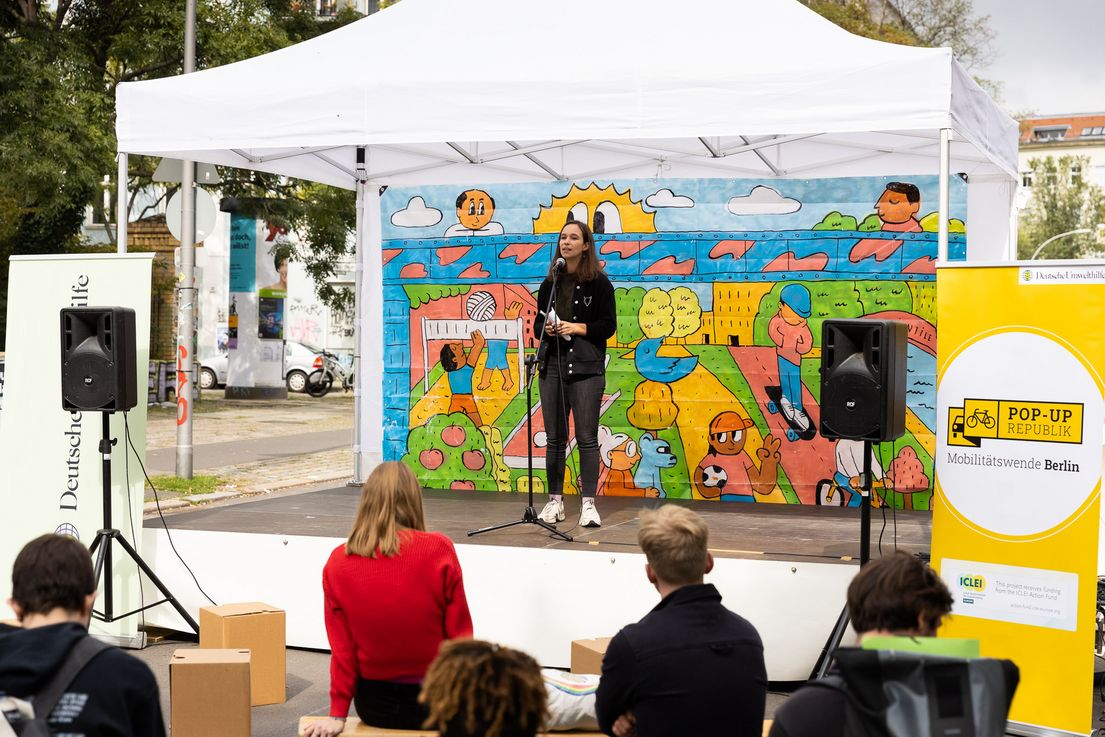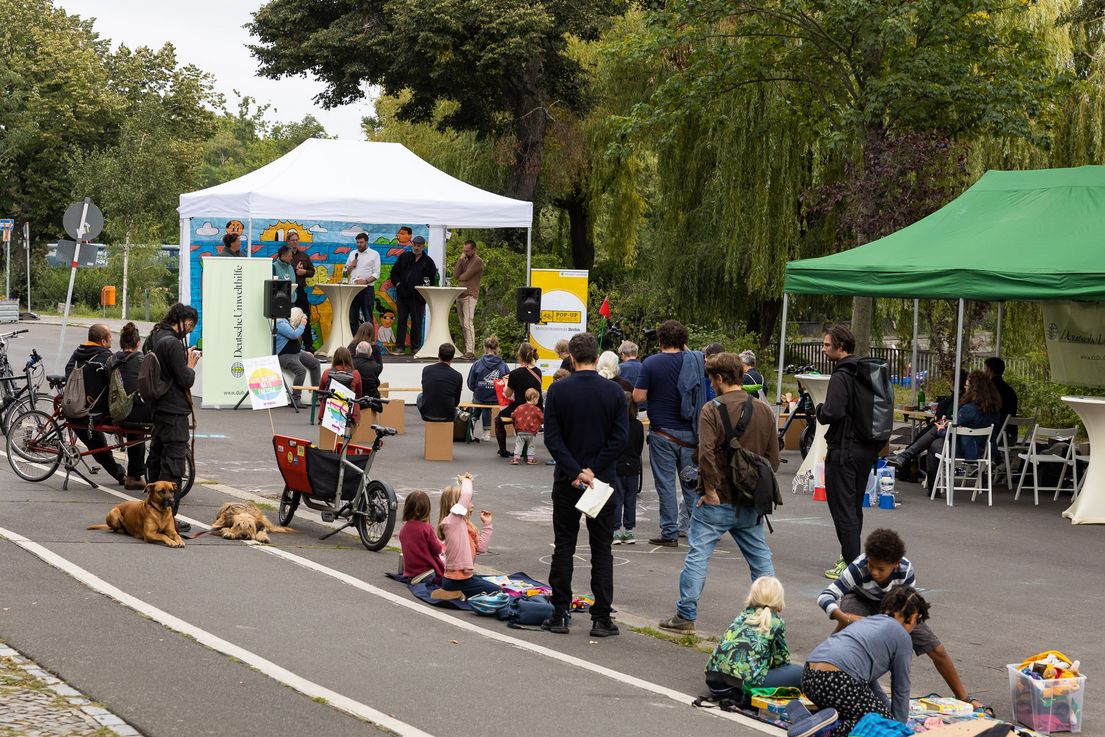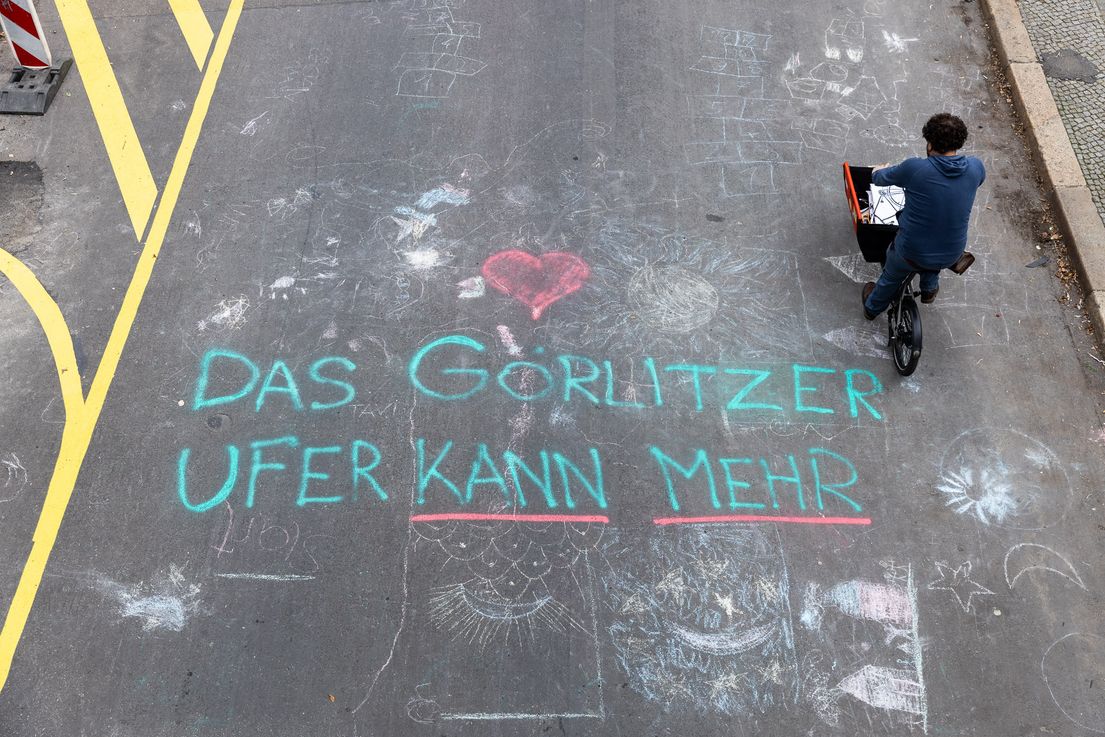Public Participation
There is no question about it: The construction of new infrastructure and redistribution in favour of environmental transport must proceed more quickly. However, many of the proposals for this are currently being put forward in the wrong place: in the right of residents and stakeholder groups to have their say. The mobility transition has a direct impact on the everyday lives of citizens. It is therefore all the more important to involve them from the outset.
Indeed, authorities are even obliged to involve the public. However, they often do this inadequately, for example by displaying plans in town halls with the opportunity to submit written comments. The problem is that these only reach a small homogeneous group – and even then the hurdle to participation is still relatively high. Low-threshold offers, on the other hand, could massively increase reach, acceptance and quality, as well as accelerate implementation. That is why it is important to test and further develop different forms of participation.
A positive example of this is the Berlin district of Friedrichshain-Kreuzberg: here, changes are to be made at short notice and on a trial basis within the framework of so-called real participation. During the test phase, citizens can submit wishes and criticism through various formats. By additionally addressing different target groups directly, it is possible to reach broad sections of the population in a short period of time. The whole process takes place within politically adopted framework conditions. For example, it is not necessary to discuss again in each individual case whether environmentally-friendly transport should be promoted, but only how this should be achieved in detail.
Real participation on the Görlitzer Ufer
Under the motto "the Görlitzer Ufer can do more", the Görlitzer Ufer in Kreuzberg, which is normally over-parked, was opened up to people for four days (from the 2nd to 5th September 2021) through modal filters (flower pots and construction site barriers). During this period, cars could neither drive through nor park. In the run-up, the campaign was advertised on posters, notices in residential buildings in the neighbourhood, flyers and press releases.
The real participation was organised by the Friedrichshain-Kreuzberg District Office (Street and Green Space Planning Office) in cooperation with the Department of Integrated Traffic Planning of the Technical University of Berlin (TU), Environmental Action Germany (DUH) and the Kreuzberg District Committee.Information was provided in a pavilion throughout the four days. Here, citizens could exchange ideas with the district and the TU about the new design, take part in a street survey or an ideas workshop and make their wishes known on a "leash of possibilities". In addition, there was a theme day – organised by the DUH – on the mobility transition with lectures and a panel discussion with experts. Facilities for spending time and playing were also considered.
The Berlin Technical University subsequently submitted the street survey to the Friedrichshain-Kreuzberg District Office as a basis for further planning. According to the survey, 88 percent of respondents regard the Görlitzer Ufer as an important link for pedestrian and bicycle traffic along the Landwehr Canal. Almost 94 percent would like to see wide, well-defined cycle lanes along the Görlitzer Ufer. You can find the detailed evaluation here.



